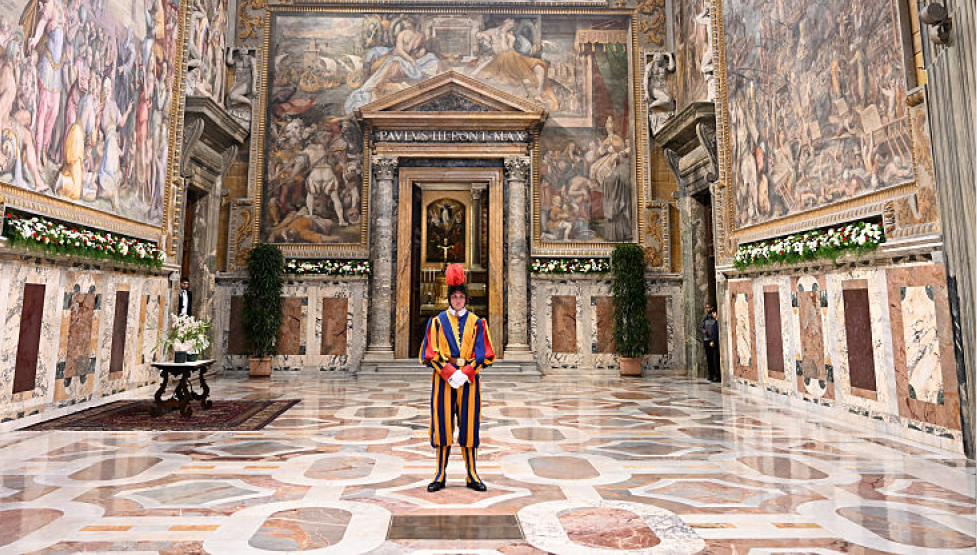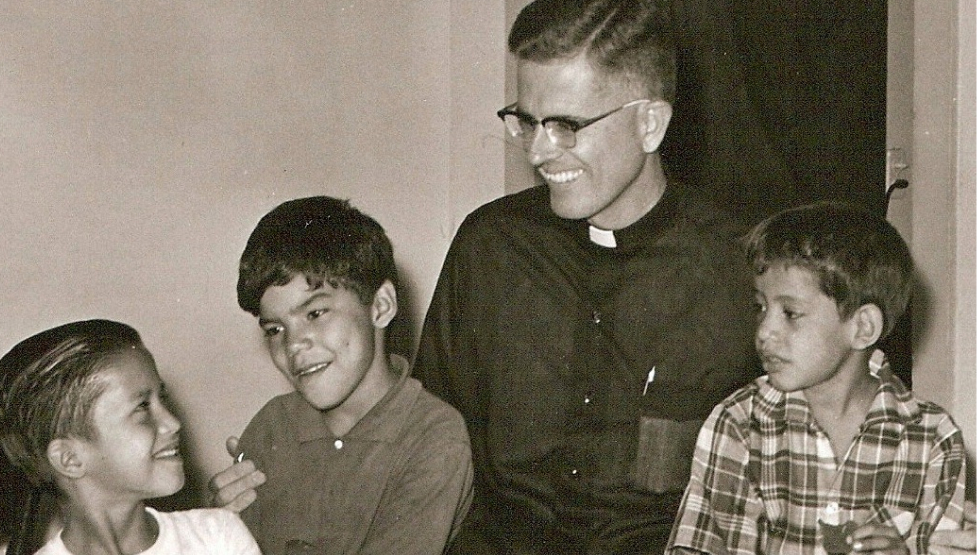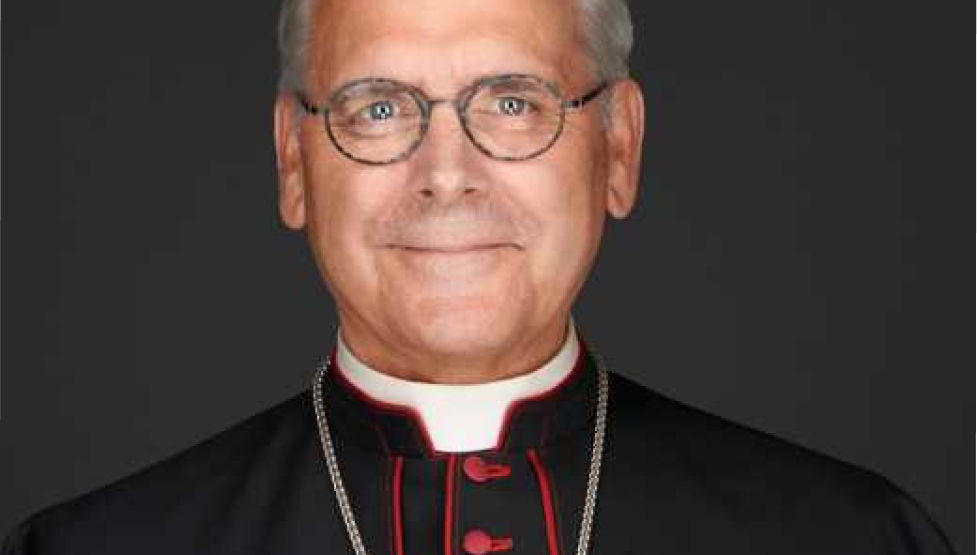Chicago’s Blase Cupich has asserted that the Traditional Latin Mass was “more of a spectacle rather than the active participation of all the baptised”.
In a reflection on the liturgical reforms which came from Sacrosanctum Concilium, one of the four constitutions of the Second Vatican Council, the cardinal argued that the document drew on scholarly research which revealed “adaptations that were introduced over time, which incorporated elements from imperial and royal courts.” The reform, he contends, aimed to purify the liturgy of “these adaptations … to enable the liturgy to sustain the Church’s renewed sense of herself.”
Cardinal Cupich made plain that the renewed liturgy is not simply a matter of external form but of ecclesial identity and mission. He emphasised that the measure of authenticity in Eucharistic celebration lies in concern for those in need — it is this “criterion by which the authenticity of our Eucharistic celebrations is judged.” He went further still, describing the Mass not merely as ritual but as “the locus of solidarity with the poor in a fractured world.”
The cardinal made his remarks in the context of the Council’s renewed vision of the Church. He cited the papal letter Dilexi Te, noting that “the Second Vatican Council represented a milestone in the Church’s understanding of the poor in God’s saving plan”, a theme initially marginal in the preparatory documents but brought to prominence by Pope John XXIII when he declared that “the Church presents herself as she is and as she wishes to be: the Church of all and in particular the Church of the poor.”
Cardinal Cupich recalled how Cardinal Lercaro, Archbishop of Bologna, declared in December 1962, “This is the hour of the poor, of the millions of the poor throughout the world.”
According to the cardinal, the liturgical renewal aimed to restore simplicity and sobriety to worship so that the Church might more clearly present herself as the Lord’s own rather than the servant of worldly power.
He wrote: “The liturgical reform benefited from scholarly research into liturgical resources, identifying those adaptations … which had transformed the liturgy’s aesthetics and meaning, making the liturgy more of a spectacle rather than the active participation of all the baptised.” Purifying those adaptations was, he argued, essential if the Eucharist was to regain its proper meaning.
The statement forms part of a broader discussion over the post-conciliar reform of the Roman Rite, which in the 1960s replaced the Tridentine Mass with the revised form of the liturgy commonly known as the Novus Ordo Missae. The reform followed the 1963 Constitution on the Sacred Liturgy, Sacrosanctum Concilium, the first document of the Second Vatican Council, which called for the “full, conscious and active participation” of the faithful in the Church’s worship.
Pope Paul VI introduced the new Mass in 1969, saying it would enable the faithful to take part more fully in the Eucharist. The change marked the most significant alteration to the Roman Rite in centuries, revising key prayers and rubrics that had been in place since the sixteenth century.
The Traditional Latin Mass, codified by Pope Pius V after the Council of Trent, continued in limited use but saw a revival after 2007 when Pope Benedict XVI allowed wider celebration under Summorum Pontificum. That provision was later restricted by Pope Francis’s 2021 motu proprio Traditionis Custodes.
Cardinal Cupich’s remarks came in the same week that Cardinal Raymond Burke celebrated a Solemn Pontifical Mass in the Traditional Latin Rite at St Peter’s Basilica, an event attended by clergy and faithful from around the world.
(Photo by Scott Olson/Getty Images)




.jpg)







.jpg)



